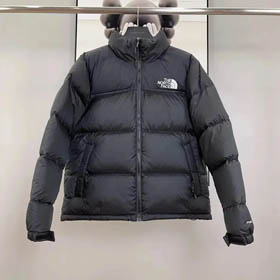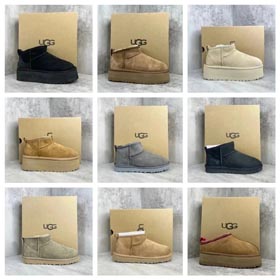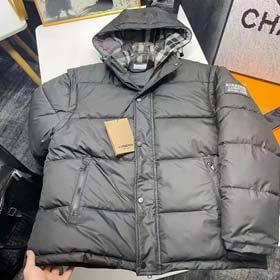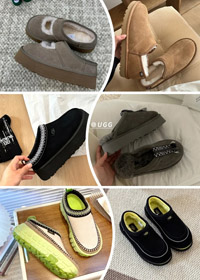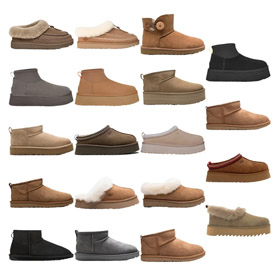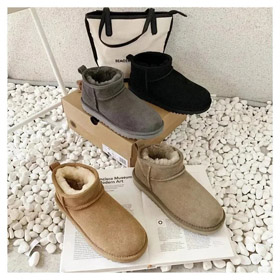Founded in 1856 by Thomas Burberry, the iconic British fashion house Burberry
In 1879, Thomas Burberry invented gabardine, a revolutionary waterproof and breathable fabric, by processing yarn before weaving it. This innovation led to the creation of the Burberry Trench Coat, originally designed for military officers during World War I. The coat’s functional details—D-rings for equipment, storm flaps, and a gun flap—remain signature elements today.
First introduced in the 1920s as a lining for trench coats, the Burberry Check—a camel, black, red, and white plaid—became a status symbol. However, in the 1990s, counterfeit overexposure prompted the brand to temporarily retire it before reintegrating it as a premium emblem under former CEO Angela Ahrendts (2006-2014). Under creative directors like Christopher Bailey and Riccardo Tisci, Burberry redefined itself while honoring its roots. The emphasis on digital innovation—live-streamed runway shows, social media engagement, and the digital-first product strategy—kept the brand relevant in a competitive market. Collaborations with tech giants further cemented Burberry’s position as an avant-garde luxury label. Today, Burberry leads in sustainability, pledging carbon neutrality by 2040 and launching eco-friendly collections like ReBurberry Edit. Balancing heritage with forward-thinking values ensures its legacy endures for generations. For a curated selection of Burberry’s latest classics, explore this detailed catalog.The Birth of an Iconic Trench Coat
"Burberry’s heritage is built on functional luxury, blending utility with timeless elegance."
The Distinctive Check Pattern
Modernizing Tradition
Sustainability and Future Vision
Burberry: A Timeless Legacy of British Luxury
2025-03-30
